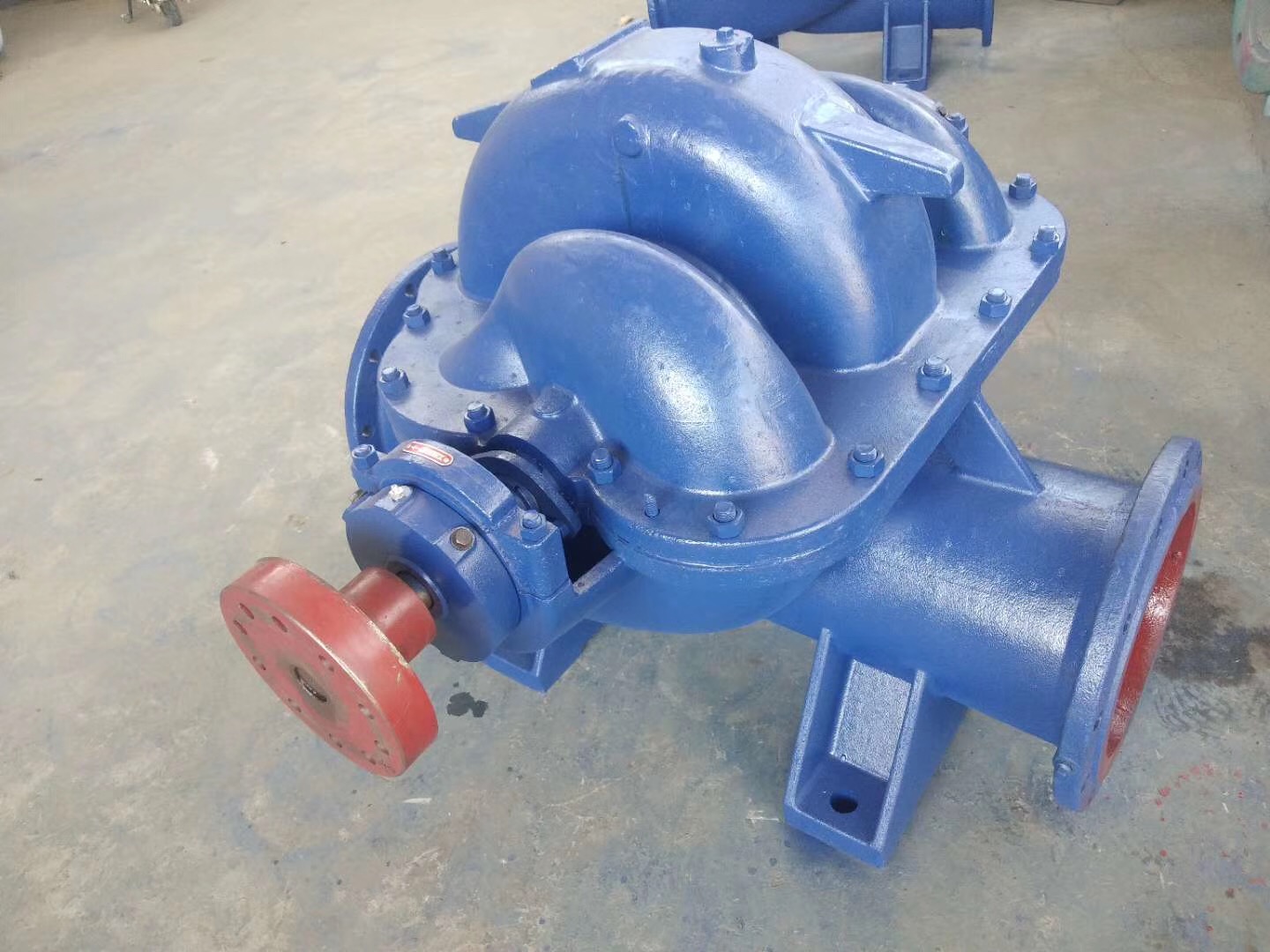Croatian
- Afrikaans
- Albanian
- Amharic
- Arabic
- Armenian
- Azerbaijani
- Basque
- Belarusian
- Bengali
- Bosnian
- Bulgarian
- Catalan
- Cebuano
- Corsican
- Croatian
- Czech
- Danish
- Dutch
- English
- Esperanto
- Estonian
- Finnish
- French
- Frisian
- Galician
- Georgian
- German
- Greek
- Gujarati
- Haitian Creole
- hausa
- hawaiian
- Hebrew
- Hindi
- Miao
- Hungarian
- Icelandic
- igbo
- Indonesian
- irish
- Italian
- Japanese
- Javanese
- Kannada
- kazakh
- Khmer
- Rwandese
- Korean
- Kurdish
- Kyrgyz
- Lao
- Latin
- Latvian
- Lithuanian
- Luxembourgish
- Macedonian
- Malgashi
- Malay
- Malayalam
- Maltese
- Maori
- Marathi
- Mongolian
- Myanmar
- Nepali
- Norwegian
- Norwegian
- Occitan
- Pashto
- Persian
- Polish
- Portuguese
- Punjabi
- Romanian
- Russian
- Samoan
- Scottish Gaelic
- Serbian
- Sesotho
- Shona
- Sindhi
- Sinhala
- Slovak
- Slovenian
- Somali
- Spanish
- Sundanese
- Swahili
- Swedish
- Tagalog
- Tajik
- Tamil
- Tatar
- Telugu
- Thai
- Turkish
- Turkmen
- Ukrainian
- Urdu
- Uighur
- Uzbek
- Vietnamese
- Welsh
- Bantu
- Yiddish
- Yoruba
- Zulu
Telephone: +86 13120555503
Email: frank@cypump.com
pro . 01, 2024 00:24 Back to list
'casting slurry pump part - vertical slurry pump'
Understanding Casting Slurry Pump Parts Vertical Slurry Pumps
Slurry pumps play a critical role in various industries, especially in mining, mineral processing, and wastewater management. Among the different types of slurry pumps, vertical slurry pumps are particularly notable for their design and functionality. In this article, we will explore the components of casting slurry pump parts, focusing on the importance of vertical slurry pumps in transporting thick, abrasive slurries.
The Basics of Vertical Slurry Pumps
Vertical slurry pumps are designed to handle high solid concentrations and can operate efficiently in challenging conditions. Their vertical orientation allows them to efficiently transfer slurry from a sump or pit, delivering it to a desired location without the need for complex piping systems. This makes them ideal for applications where space is limited.
Key Components of Vertical Slurry Pumps
1. Pump Casing The pump casing is the outer structure that houses all internal components. For vertical slurry pumps, the casing is typically fabricated from high-chromium alloys or other wear-resistant materials to withstand the abrasive nature of slurries. It is crucial for the casing to maintain structural integrity under pressure and during continuous operation.
2. Impeller The impeller is one of the most vital components in a slurry pump. It is responsible for converting the rotational energy from the motor into kinetic energy to move the slurry. In vertical slurry pumps, the impeller is often a semi-open design, allowing it to handle larger solid particles without clogging. The material and design of the impeller are critical for maintaining efficiency and prolonging pump life.
'casting slurry pump part - vertical slurry pump'

3. Suction and Discharge Flanges These flanges facilitate connections to the inlet and outlet pipes. In vertical slurry pumps, the suction flange is typically located at the bottom of the pump, allowing for efficient slurry intake, while the discharge flange is positioned at the top for straightforward transport of the slurry.
4. Shaft and Bearings The shaft is the central component that transmits the motor's power to the impeller. It is supported by bearings, which allow for smooth rotation. The design and material of the shaft and bearings are essential for minimizing wear and maintaining operational efficiency.
5. Mechanical Seal Preventing leakage of the slurry is critical, and this is where the mechanical seal comes into play. The seal ensures that the liquid remains contained within the pump, protecting the bearings and motor from abrasive materials.
Maintenance and Longevity
To ensure longevity and efficiency, regular maintenance of vertical slurry pumps is crucial. This includes inspecting wear parts such as the impeller and casing, checking the mechanical seals, and ensuring that the bearings are properly lubricated. Routine maintenance not only extends the lifespan of the pump but also maximizes efficiency, reducing operational costs.
Conclusion
Vertical slurry pumps are indispensable in many industrial applications involving abrasive and viscous materials. Understanding the critical casting slurry pump parts, including the pump casing, impeller, and mechanical seals, is vital for ensuring optimal performance. With proper maintenance and attention to design, these pumps can effectively and efficiently transport slurries, proving their value across various sectors.
-
ISG Series Pipeline Pump - Chi Yuan Pumps | Energy Efficiency&Compact Design
NewsAug.03,2025
-
ISG Series Vertical Pipeline Pump - Chi Yuan Pumps Co., LTD.|High Efficiency, Low Noise, Durable
NewsAug.02,2025
-
ISG Series Vertical Pipeline Pump - Chi Yuan Pumps | High Efficiency, Low Noise
NewsAug.02,2025
-
ISG Series Vertical Pipeline Pump- Chi Yuan Pumps Co., LTD.|High Efficiency&Compact Design
NewsAug.02,2025
-
Heavy-Duty Mining Sludge Pumps - Wear-Resistant Slurry Handling
NewsAug.02,2025
-
Horizontal Split Case Pump with GPT-4 Turbo | High Efficiency
NewsAug.01,2025










